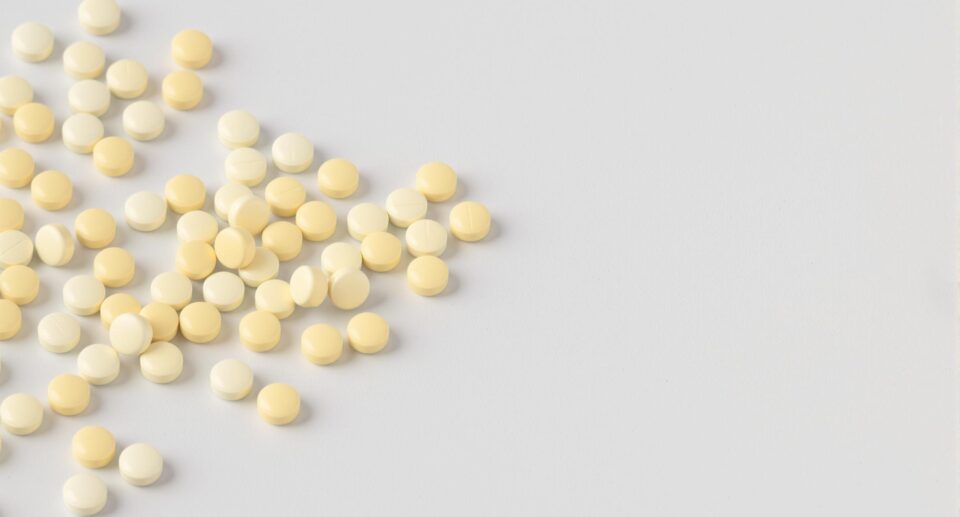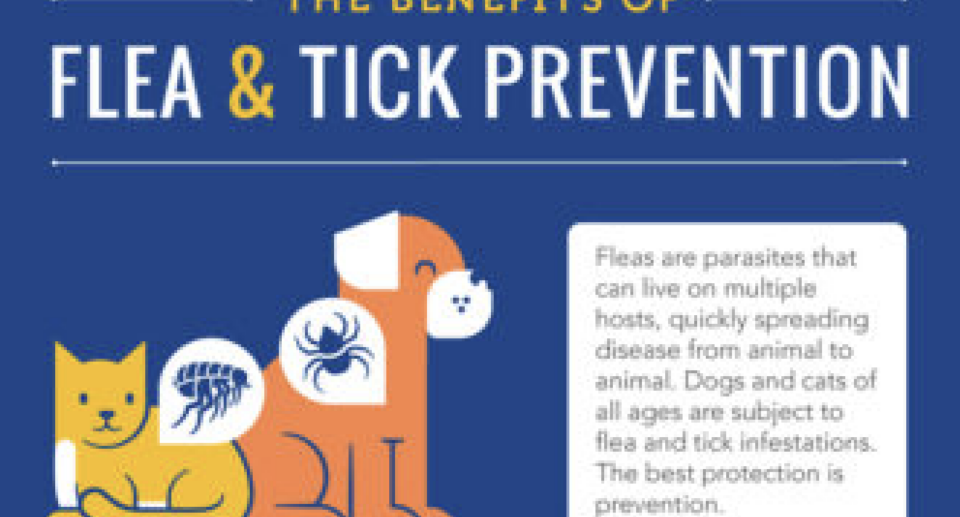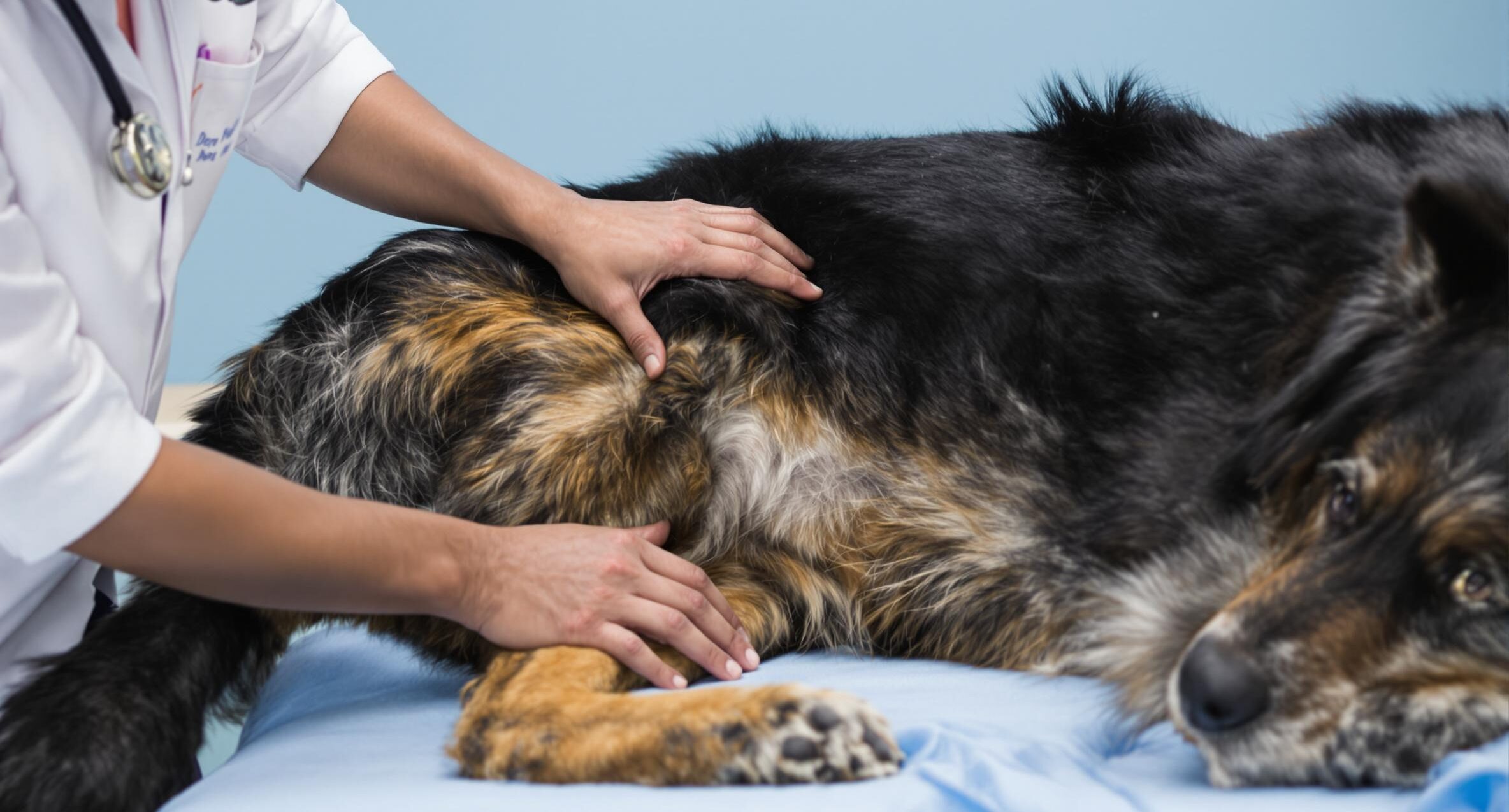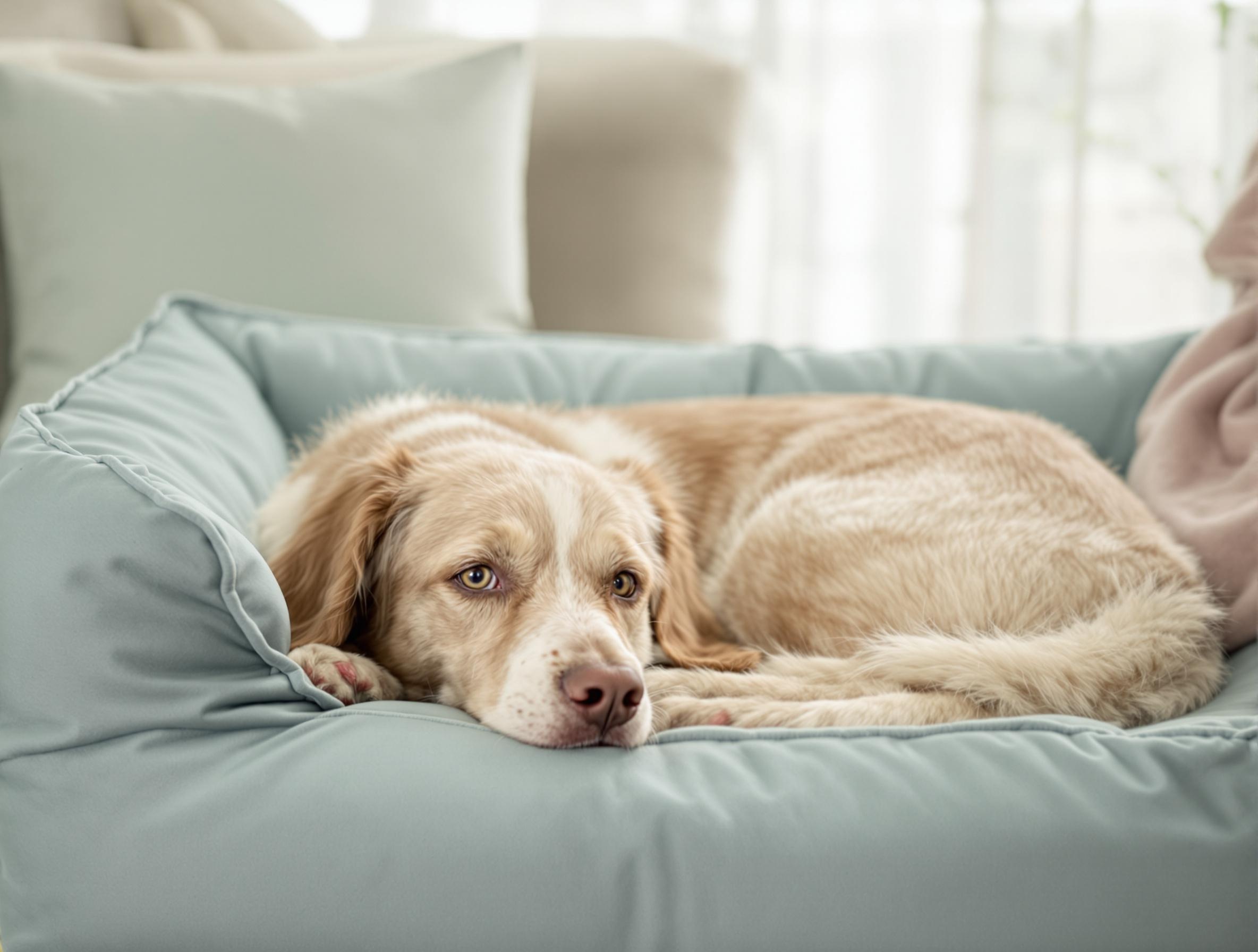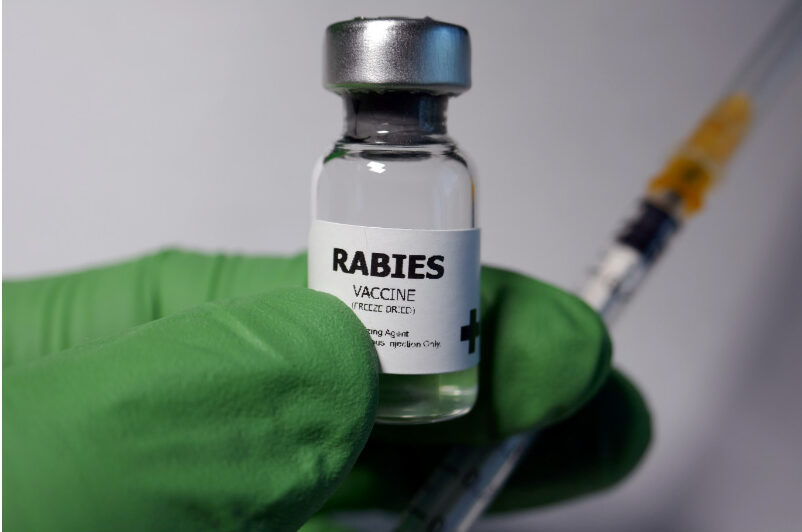What Is Yeast Dermatitis in Dogs?
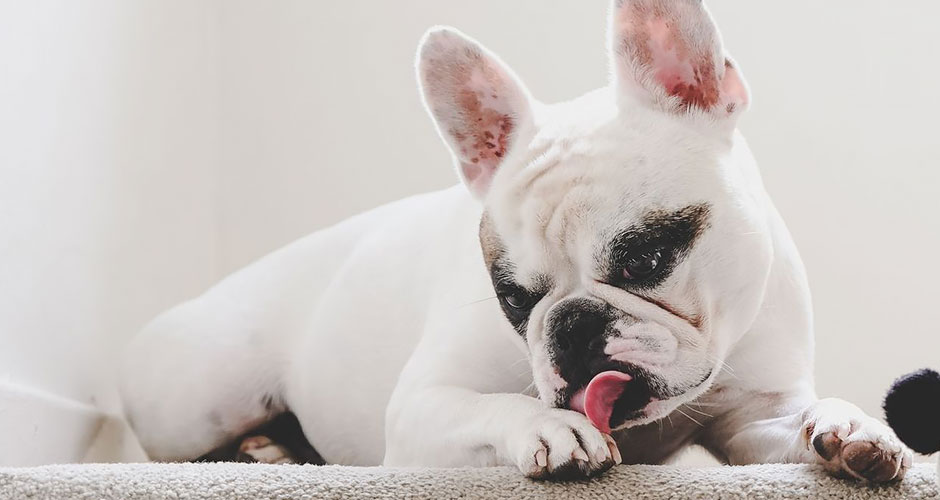
Yeast isn’t just an ingredient that makes bread fluffy and delicious. This opportunistic microorganism can also make your dog itchy, smelly, and miserable.
And no, you can’t bake bread with the yeast that takes over your dog’s skin. But you can get this fungi under control and get their skin and coat health back in balance.
What Is Yeast Dermatitis?
The outermost layer of your dog’s skin, the moisture barrier, keeps their skin healthy and hydrated.
The skin’s moisture barrier is made up of lipids (fats), proteins, and a microbiome. The microbiome is made up of symbiotic bacteria and fungi that are normally harmless, even protective when they’re in balance. It’s very similar to the microbiome in the gut.
Malassezia yeast, the kind that causes yeast dermatitis, feeds off lipids in the skin’s moisture barrier. It thrives in warm, moist conditions, but it’s normally kept in check by the immune system.
In dogs with yeast dermatitis, though, Malassezia yeast overpopulates the skin’s moisture barrier, leading to inflammation.
What Are The Symptoms of Yeast Dermatitis in Dogs?
Yeast dermatitis may affect one or more areas of your dog’s body, especially moist areas like skin folds, armpits, ears, between paw pads, in the groin and in the genital region. In affected areas, you might notice:
- Persistent itching as your dog repeatedly licks, scratches, or chews the affected area
- Body odor that may remind you of popcorn, corn chips, cheese, or bread.
- Hair loss which may reveal pink, inflamed skin
- Reddish-brown stains where your dog’s fur may be stained by proteins in their saliva due to repeated licking
- Dandruff or flaky, oily skin
- Warmth radiating from the affected area
What Causes Yeast Dermatitis in Dogs?
Fungi like Malassezia yeast thrive in warm, moist conditions. Yeast dermatitis is more common in temperate climates during summer months, and incredibly common year-round in tropical climates. It can be a primary condition, or it may be a secondary condition, caused by an underlying health issue.
Excessive moisture on your dog’s skin can foster yeast overgrowth. This can happen after your dog is bathed or goes swimming and is not fully dried afterwards, especially if they have skin folds or a long, dense coat which can trap moisture.
Antibiotics your dog may take to eliminate another infection can also kill off beneficial bacteria in the skin’s moisture barrier that help keep yeast in balance.
Food intolerances can affect the immune system and alter the skin’s microbiome, leading to an increase in the skin oils that feed Malassezia yeast.
Environmental allergies triggered by flea bites, pollen, and weeds can cause itching, scratching, and licking, which in turn leave the skin inflamed and susceptible to yeast overgrowth.
Endocrine disorders like diabetes, Addison’s disease, and Cushing’s disease can affect the immune system and skin microbiome.
Yeast dermatitis is not contagious to humans or other pets.
How Is Yeast Dermatitis Diagnosed?
Itching and inflammation due to possible yeast dermatitis warrants a vet visit or a same-day televet appointment through VetLive.
Often, your dog’s symptoms, risk factors like breed traits, and medical history are enough to lead to a diagnosis. Your veterinarian may confirm the diagnosis or look for concurrent infections with a cytology test, during which your vet will examine a tissue sample under a microscope.
How To Treat Yeast Dermatitis in Dogs
Using topical antifungal products can offer your dog near-instant relief of itching, odor, and inflammation.
Antifungal medicated shampoo for dogs eliminates Malassezia yeast that cause dermatitis and has soothing ingredients that relieve itching.
To eliminate yeast, first rinse your dog, then apply antifungal shampoo. Allow lather to sit for at least five minutes or as directed by the bottle or your veterinarian. Rinse thoroughly, then dry your dog completely. Repeat 1-2 times a week until symptoms subside, then as needed.
Between baths, use a topical antifungal spray or medicated wipes to eliminate itch.
When Yeast Dermatitis Keeps Coming Back
Topical treatments like shampoos, wipes and sprays may temporarily relieve symptoms, but if the dermatitis keeps coming back, your dog may have an underlying health issue that needs to be addressed.
Food intolerances are a common cause of recurring yeast dermatitis. Usually, a food intolerance is triggered by the primary protein source in your dog’s food, like chicken, beef, or fish, though other ingredients can be the culprit.
Switching to a new food can help, but if symptoms persist, an elimination diet may be necessary to isolate the triggering ingredients. Or, you can use an at-home 5Strands Pet Food Intolerance Test to help find the source of your dog’s skin issues.
Other symptoms like changes in your dog’s appetite, unexplained weight gain or weight loss, increased thirst and urination, and changes in energy levels can point to an endocrine issue. See your veterinarian as soon as possible to determine if your dog’s recurring yeast dermatitis could be a sign of something more.

